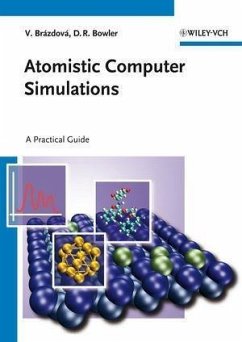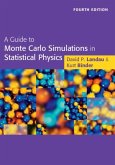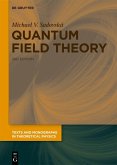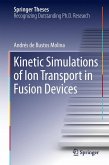This introductory "how to" title enables readers to understand, plan, run, and analyze their own independent atomistic simulations, and decide which method to use and which questions to ask in their research project. It is written in a clear and precise language, focusing on a thorough understanding of the concepts behind the equations and how these are used in the simulations. As a result, readers will learn how to design the computational model and which parameters of the simulations are essential, as well as being able to assess whether the results are correct, find and correct errors, and extract the relevant information from the results. Finally, they will know which information needs to be included in their publications. This book includes checklists for planning projects, analyzing output files, and for troubleshooting, as well as pseudo keywords and case studies. The authors provide an accompanying blog for the book with worked examples, and additional material and references: http://www.atomisticsimulations.org/.
Dieser Download kann aus rechtlichen Gründen nur mit Rechnungsadresse in A, B, BG, CY, CZ, D, DK, EW, E, FIN, F, GR, HR, H, IRL, I, LT, L, LR, M, NL, PL, P, R, S, SLO, SK ausgeliefert werden.









